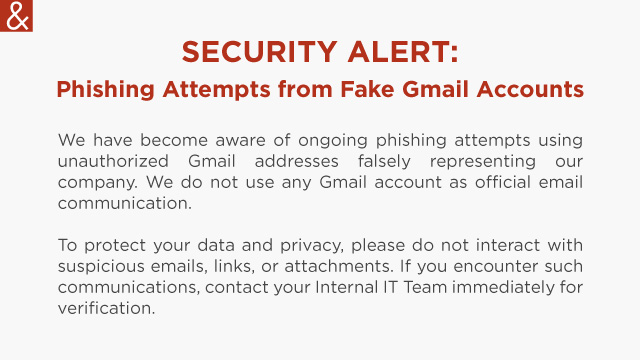Security Alert

Partner
LEARN MOREThe anticipated Law 4727/2020 (“the Law”) (GG Issue A’ 184/23.09.2020) on Digital Governance (implementing EU Directive 2016/2102 and 2019/1024), as well as on Electronic Communications (implementing EU Directive 2018/1972) introduces a new legal framework on the digital environment and Electronic Communications which is applicable to both individuals and businesses in order to facilitate their needs as well as several administrative procedures.
Click here for the GR version– Πατήστε εδώ για το ελληνικό κείμενο
The Code on Digital Governance follows the definitions of EU regulation 910/2014 (elDAS Regulation on the e-signatures).
What you need to know:
In particular:
The Code incorporates into the Greek legislation the definition of the Qualified Electronic Signature, Qualified Seal and Qualified Time stamp, as well as the term of the Qualified Trust Service Provider, while under the previous regime (PD 150/2001) the Simple Electronic Signature (“SES”) and the Advanced Electronic Signature (“AES”) were only provisioned thus introducing three types of electronic signatures:
Public electronic documents and private documents (Articles 13, 14 and 15 of the Law)
Public Electronic Documents may be issued in the form of: a) originals by the use of the public authority’s Qualified e-seal and qualified e-time stamp or QES of the competent civil servant; b) electronic true copies with the competent person’s QES or with the competent body’s Qualified Seal or qualified e-time stamp and along with the "true copy" indication as well as with the details of the final signatory; c) digital electronic copies which also bear a QES or Qualified e-seal or qualified e-time stamp as well as a certificate of identification with the respective hardcopy document. Finally, certificates may be issued by the use of an advanced or qualified electronic signature or seal.
Validity of Public Electronic Documents
Both the original electronic public documents and the electronic true copies or digital electronic true copies are mandatorily accepted by any public authority, court, prosecutor's office, natural or legal person and legal entity as public documents that bear a manual signature or seal and as the true copies respectively.
Printouts of public e-documents are also mandatorily accepted as true copies, since it is feasible for the accuracy and validity of the ICT printing to be verified, in particular while a unique verification ID number is indicated on the documents. In the event that it is not possible for the aforementioned accuracy and validity to be confirmed, the document must be certified by any administrative authority, Citizens’ Services Center or attorney-at-law.
Private Electronic Documents
Private electronic documents issued by individuals or legal entities with the use of a QES or a qualified e-seal, as well as the printout copies of such documents, certified by any administrative authority, Citizens’ Services Center or attorney-at-law, must also be accepted by any public authority, court, prosecutor's office, natural or legal person and legal entity, during their e-circulation.